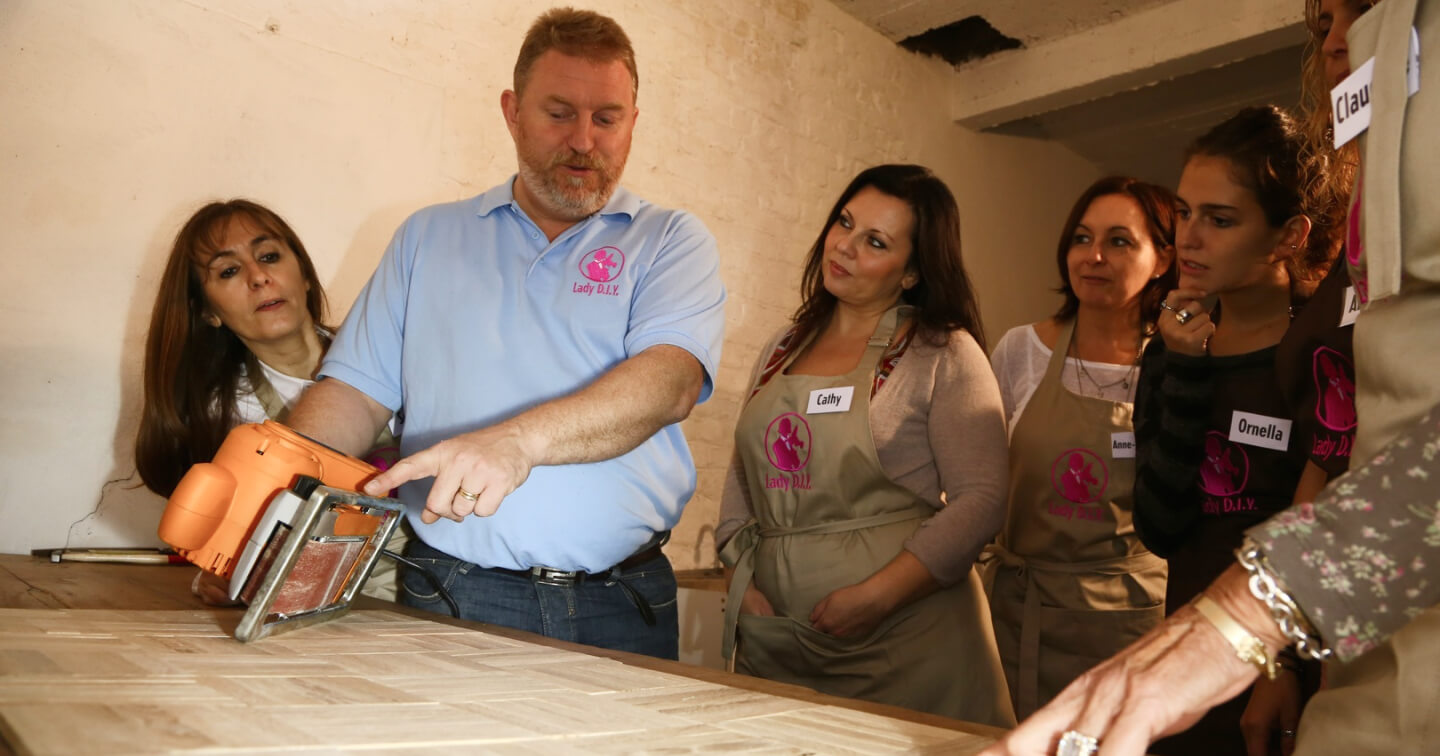Ever feel like your Bitcoin mining operation is more like a digital-age potato farm, churning out meager returns while your electricity bill skyrockets? You’re not alone. The allure of digital gold often clashes with the gritty reality of hardware limitations, fluctuating market prices, and the ever-present specter of obsolescence. But fret not, dear miner, for there’s a path to profitability, a route to optimized riches, and it starts right here, in the heart of Germany, with some savvy hardware choices and strategic hosting deals.
Think of it like this: Bitcoin mining is akin to a high-stakes poker game. You need the right cards (hardware), a winning strategy (efficient algorithms), and a favorable environment (hosting). Let’s ante up and delve into the essentials.
First, let’s talk hardware. Forget those dusty old rigs sputtering away in your basement. To compete in today’s Bitcoin gold rush, you need Application-Specific Integrated Circuits (ASICs) – the powerhouses of the mining world. According to a recent whitepaper published by the Fraunhofer Institute for Secure Information Technology (SIT) in early 2025, **ASIC efficiency has become the single most crucial factor in mining profitability**, accounting for over 60% of the overall return on investment. That’s a game-changer, folks. Ditch the GPU mining unless you’re dabbling in altcoins. We’re talking about Bitcoin, baby!

Now, you might be thinking, “Okay, I need an ASIC. But which one?” The market is flooded with options, each promising astronomical hash rates and minimal power consumption. Do your homework. Look beyond the marketing hype. Research independent reviews. Compare hash rates against power consumption (measured in Joules per Terahash – J/TH). Key players like Bitmain, MicroBT (WhatsMiner), and Canaan Creative consistently release competitive models. A good rule of thumb: **aim for an ASIC with a J/TH rating below 30.** Anything higher, and you’re burning money faster than you’re minting Bitcoin.
*Theory Meets Reality:* Let’s say you’re eyeing the Bitmain Antminer S21, boasting a hash rate of 200 TH/s and a power consumption of 3500W (17.5 J/TH). Compare that to the older S19j Pro, which might offer 100 TH/s at 3000W (30 J/TH). While the S19j Pro might be cheaper upfront, the S21’s superior efficiency translates to significant long-term savings on your electricity bill, especially crucial in a high-energy-cost country like Germany. It’s simple math: more hash, less flash (of wasted energy).
But owning the hardware is only half the battle. Location, location, location! Germany, while boasting a technologically advanced infrastructure, also contends with relatively high electricity prices. That’s where mining farm hosting comes in. These facilities provide the necessary infrastructure – **stable power, robust internet connectivity, and crucial cooling systems** – at a cost that can often be significantly lower than running your own operation, especially when factoring in specialized cooling and maintenance costs.
The German mining landscape is evolving rapidly. According to a report from the Bundesverband Bitcoin (German Bitcoin Association) released in late 2024, the demand for mining farm hosting has increased by over 40% year-over-year. This surge is driven by both individual miners looking to optimize their operations and institutional investors entering the Bitcoin mining space. Several companies are emerging as leaders in this field, offering a range of hosting solutions tailored to different needs and budgets.
*Case Study:* Consider “GreenHash Solutions,” a German hosting provider utilizing renewable energy sources to power its mining operations. They offer a compelling proposition: environmentally friendly mining with competitive hosting rates. By leveraging solar and wind power, they can significantly reduce their electricity costs, passing those savings onto their clients. This not only boosts profitability but also aligns with the growing global emphasis on sustainable mining practices. This type of offering resonates particularly well in Germany, a nation known for its strong commitment to environmental stewardship.
Before you jump headfirst into a hosting agreement, remember to **scrutinize the fine print.** What’s the uptime guarantee? What are the penalties for downtime? What security measures are in place to protect your hardware? And crucially, what’s the policy on pool payouts and fee structures? Don’t get rekt by hidden fees. As the old crypto adage goes, DYOR (Do Your Own Research)!
The world of Bitcoin mining is a dynamic and competitive landscape. To thrive, you need to stay informed, adapt to evolving market conditions, and constantly optimize your setup. By investing in efficient hardware and strategically choosing a reputable hosting provider in Germany, you can position yourself for long-term profitability and contribute to the decentralized future of finance.
Remember, this ain’t financial advice, just a straight-up guide to surviving the Bitcoin gold rush. Happy mining, folks! May your hash rate be high, and your electricity bill be low.
Author Introduction: Dr. Anya Sharma
Dr. Sharma is a leading expert in blockchain technology and cryptocurrency mining, with over 15 years of experience in the field.
She holds a
Ph.D. in Computer Science from the Massachusetts Institute of Technology (MIT)
, specializing in distributed systems and cryptographic protocols.
Dr. Sharma also possesses a
Certified Bitcoin Professional (CBP)
certification and has published numerous peer-reviewed articles in top academic journals.
Her expertise spans the entire blockchain ecosystem, from mining hardware optimization to regulatory compliance and security best practices.

Leave a Reply to JohnWest Cancel reply